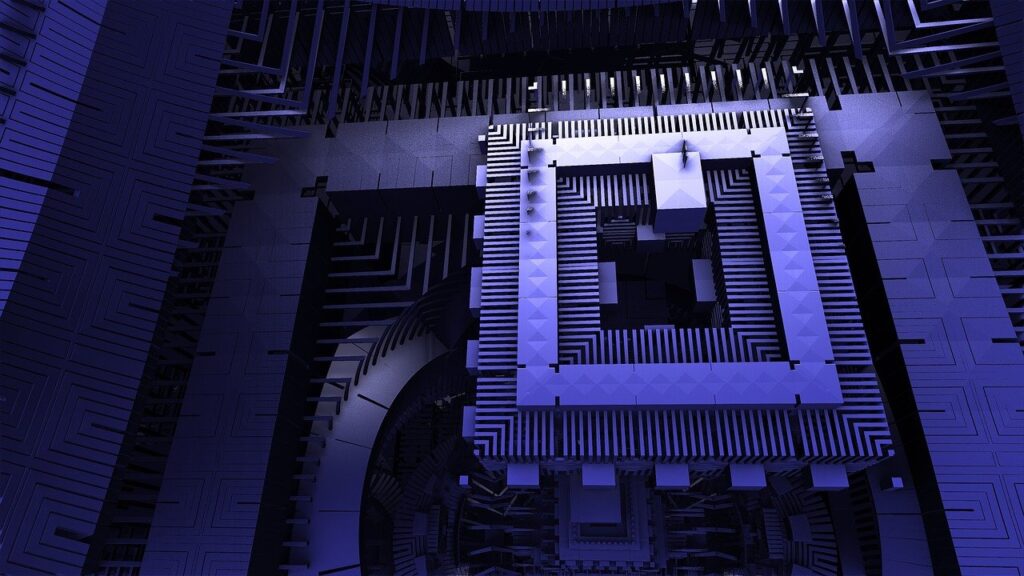A team of physicists from Aalto University has developed a new detector which can measure energy quanta with an unmatched resolution. The team also had physicists from VTT Technical Research Centre of Finland
The details of the research recently appeared in Nature journal.
The team worked on a type of detector called a Bolometer.
What is Bolometer?
A bolometer is a device for measuring the power of incident electromagnetic radiation via the heating of a material with a temperature-dependent electrical resistance. It was invented in 1878 by the American astronomer Samuel Pierpont Langley.
We all know that measuring the energy of qubits is one of the most important things in quantum computing.
Today, most of the quantum computers use induced voltage to measure qubit energy. But there are three problems with voltage measurements, which are:
- Firstly, voltage measurement requires extensive amplification circuitry, this limit the scalability of the quantum computer
- Moreover, this is expensive.
- Further, the process is bound to errors as it can get noise as well.
However, researchers hope that by using bolometers can overcome all of these complications.
Professor Mikko Möttönen and his group have developed a device that can match current state-of-the-art detectors used in quantum computers. In order to achieve this, they have used all their expertise on bolometer which they have built over years of time.
‘It is amazing how we have been able to improve the specs of our bolometer year after year, and now we embark on an exciting journey into the world of quantum devices,’ says Möttönen.
The team achieved this breakthrough resolution by building a bolometer using graphene. The team collaborated with Professor Pertti Hakonen‘s NANO group also at Aalto University.
‘Changing to graphene increased the detector speed by 100 times, while the noise level remained the same. After these initial results, there is still a lot of optimisation we can do to make the device even better,’ says Professor Hakonen.
Journal Reference:
R. Kokkoniemi, J.-P. Girard, D. Hazra, A. Laitinen, J. Govenius, R. E. Lake, I. Sallinen, V. Vesterinen, M. Partanen, J. Y. Tan, K. W. Chan, K. Y. Tan, P. Hakonen, M. Möttönen. Bolometer operating at the threshold for circuit quantum electrodynamics. Nature, 2020; 586 (7827): 47 DOI: 10.1038/s41586-020-2753-3
Press Release: Aalto University

